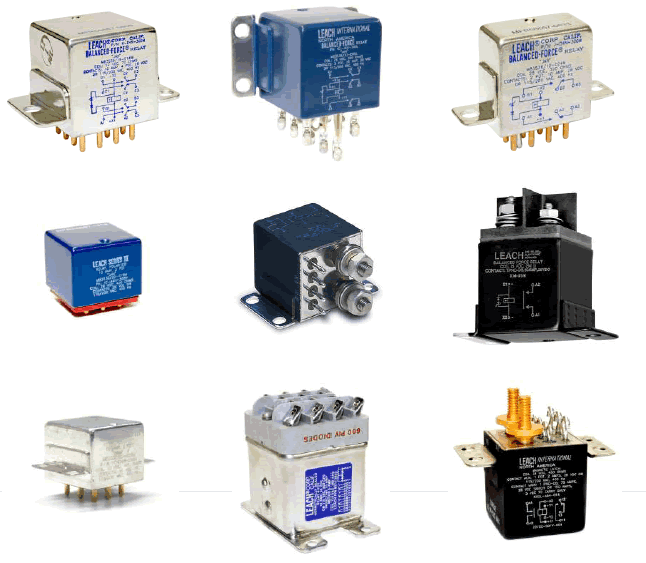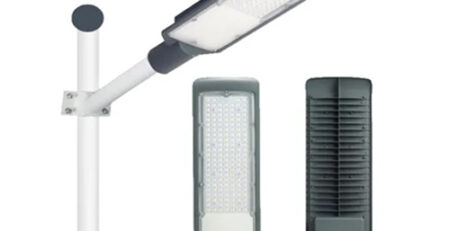Relay benefits and uses 1
Relay benefits and uses
Relay
 relay, The relay is an important electronic and electrical component for use in many different applications. such as electronic circuits, and electrical control panels.
relay, The relay is an important electronic and electrical component for use in many different applications. such as electronic circuits, and electrical control panels.
Where the relay is available in a variety of types, shapes and sizes, commensurate with the nature of use. Such as the effort of the relay and the number of points of contact.
Follow this article with us to learn about the types of relays and how they work and examine them.
Relay working principle
The principle of the work of the relay depends on the delivery of electric current through contact points, when feeding its coil with a direct current or an alternating current; The main benefit of this process is to operate a high-powered load by feeding the relay coil with a small current, or by giving a signal from the PLC, or a signal from electronic boards…etc.
relay components
The relay consists of several parts:
- copper coil.
- invert the file.
- Points of contact ( normally opened , normally closed , and common).
- spring.
- External terminals.
Types of relay points and their composition
1- A switch with one input and one output (SPST):
This type has one current input and one output point. It is used to connect or disconnect a single line or path in a circuit.
2- A switch with one input and two outputs (SPDT):
This type has a common input point (C) and two outputs, one closed and the other open.
3- A switch with two inputs and one output for each input (DPST):
4- A switch with two inputs and two outputs (DPDT):
This type has two inputs and each input has two outputs. Where (Throw) is the number of outputs per pole.

Types of relay
1- Reed relay
Its working principle is based on magnetic cutting, Its contact points are connected when a magnet is near it.
2- Latching relay
Its principle of operation is based on continuous conduction when pressed.
3- Contactor relay
It is similar to the idea of the work of the relay, but it is used to feed large loads, Like electric motors.
4- Mercury-Wetted relay
It conducts and separates by a drop of mercury inside a tube, If the connection is in a vertical position, In the case of separation be in a horizontal position.
5- Solid-state relay
Does not depend on conduction through mechanical parts and magnetic coil, Rather, it depends on the connection through an electronic board designed in a certain way to perform the function of the relay. This type is more expensive compared to mechanical relays.
6- Overload protection relays
It is used to protect loads from rising and falling electric current.
Different shapes and types of relays
Choosing the right relay
The nature of the choice of relay depends on several factors, namely:
- value and type of relay coil, Available in (6v,9v,12v,15v,24v,36v,48v).
- Maximum contact current, It ranges from 1A-60A.
- The number and type of contact points, Such as (DPDT, SPST, DPST, SPDT).
How to check the relay
1- Put the red probe into the ohm port, and the black probe in the common port (COM).
2- Turn on the multimeter.
3- Set the increment knob to the ohm symbol, And choose the conductivity symbol by pressing the switch button, if any.
* Placing the red probe on either end of the joint, And the black probe is on the closed point (NC), and we note the following :
If a read appears, or hear a buzzing, Indicates that the contacts are in a connected state, and this is normal and healthy if the coil is not being fed.
When feeding its coil, it must be ensured that the relay point (NC) is connected to the joint.
4- Keeping the red probe as it is, We move the black probe on the open point (NO), and note the following :
- If no read appears, or not hear a buzzing, This indicates that the contact points are in a state of separation, and this is normal and sound in the event that it is not fed to its coil.
- When feeding his coil, the relay points (NO) must be connected to the subscriber.
What is the benefit of the relay?
In this article, we will talk about an important topic, which is the usefulness of the relay in electrical circuits.
Why is it not used as a substitute for the contactor? Can it be used in 3-phase power circuits – with high currents -?
 electric relay
electric relay
It is called in Arabic the name of the electrical relay. And the word relay is taken from the English word: Relay.
The relay is an electrical and mechanical component that works to connect and disconnect the current from the electrical load by applying an alternating or direct current voltage to both ends of its coil according to the appropriate type of feed that is usually written on the relay body.
The relay is available with five ends or higher depending on the points you need, In general, there are two points that must be present in each relay, which are the ends of the coil that are connected to an appropriate voltage source.
The relay is widely used in low-current control circuits. such as PLC circuits, remote control circuits, This is the first point where we need to use small relays that consume only a very small part of the current.
What is the benefit of the relay?
When comparing the relay with the contactor in terms of working principle, We will find that they are similar, meaning there is no difference, but the difference lies in the electrical specifications, connection points and some other differences.
But the question that arises is what is the benefit of the relay? Why is it used specifically in control circuits and not in contactors?
Beginners to the field may realize the differences with practical experience, But there are important points that you should know, which is that the relay coil is small and does not consume a high current, unlike the contactor, The relay used in the control circuits can be easily separated from its base and replaced without the need to separate any part of the connections.
There is a very important point, which is that some relays, which are the vast majority, have common points that connect between two points (NO/NC) according to the control circuit.
The benefit of using the relay is that it can be controlled to connect and disconnect its contact points based on a control command. The control mechanism may be applied between two sources, or remote control, or controlling the operation of a generator automatically, or when the timer counting period has expired.
The difference between contactor and relay
The difference between a contactor and a relay, Usually we find in most electrical panels contactors and relays, And not only that, but we also note the presence of small relays inside the electronic boards.
We have devoted an important topic to you, explaining the most important differences between the contactor and the relay, Is there a difference between them functionally or not.
contactor parts
The contactor from the inside consists of the following elements:
- A fixed iron core and a movable one.
- A copper coil is wound around an E-shaped iron core.
- return spring.
- Fixed and moving contacts.
- portfolio.
While the external form of the contactor contains main points (input – output) with auxiliary points that may be open in their normal position (in English: normally open).
Often the contactor comes with three or four main poles to connect and disconnect the electrical current to the load at the same time. Note the simple internal structure of the contactor.
relay parts
In terms of internal structure, the relay is similar to the contactor. It contains the following parts:
- the heart.
- file.
- movable arm
- Fixed and moving contacts.
- return spring.
It is also possible in some relays to remove the relay from its base, Connect its ends with the base according to the numbers or symbols written on it, You can also remove the relay from its base and replace it with another relay of the same model.
The relay is usually used in control circuits, not power circuits. Its purpose is to connect or disconnect the current to the contactor coil or to give a control signal to another element. Since it consumes little current and its contacts are designed to withstand currents of up to 10 amperes.

The difference between contactor and relay
| contactor | relay | |
|---|---|---|
| Function | It is used to operate electrical loads of low and high currents | It is used in control circuits to give an electrical signal to another element |
| the size | big size | small size |
| Amperage | From 9 amps and above | up to 10 amps |
| touch points | Contains open main contact points as well as auxiliary points | Contains auxiliary contacts (control) only (open and closed) |
| Applications | It is used to operate and disconnect power circuits. Like: Starting and disconnecting electric motors (1 phase/3 phase), capacitors, Heaters and lighting | It is used in control circuits to give a control signal to an element or other circuit |
| Extra Help Points | Additional auxiliary points can be attached to it | No points can be added to it |
Islamic wire prices 2022
We are pleased to have you visit our pages on social networking sites, where we publish exclusive offers on our website.
Our Facebook page here .
Our Twitter account is here .














Leave a Reply
You must be logged in to post a comment.